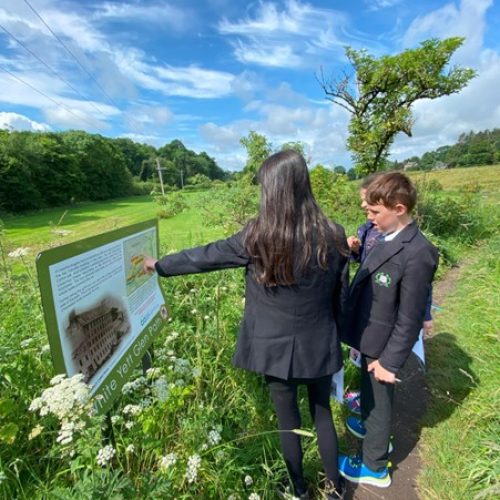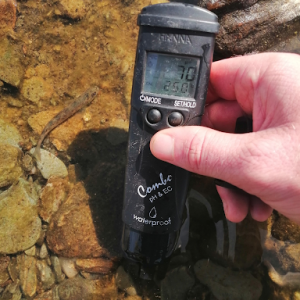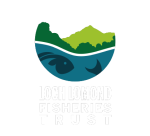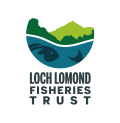Work with local schools

Health Walks
During our health walks, we take the children on a walk around their local area to talk about things in the environment we can spot with a scavenger hunt. We chat about water quality and all the life you can find in our rivers, why it is important to look after these environments, and how they can help. We also chat about invasive species, tree identification, and other wildlife such as otters and beavers!
Sometimes on our health walks we take litter pickers and bags to clean up the school and surrounding areas. We go out for around an hour to collect as much as we can, to show the kids how big of a problem littering is, how this affects our environment, and why reducing, reusing, and recycling is so important. It’s a great way to get children outdoors and engaged with their local green spaces.
Invertebrate Sampling
Invertebrate sampling is a great way for kids to see life in rivers they have probably never seen before. We collect the samples and bring them to the bank where we place them in trays so they can analyse and identify the organisms themselves. We use magnifying containers and clear plastic spoons to observe the invertebrates up close. We teach the children about why invertebrates are indicator species and how they can tell us about the water quality of that location. It’s a fun and exciting activity and even those squeamish of bugs end up finding at least one invertebrate they like!
A lot of river invertebrates are sensitive to pollution, and so in a healthy river we expect to see invertebrates. Declines in water quality are reflected in declines in invertebrate diversity, so finding only one or two species instead of quite a few can also be a sign of pollution. There are several monitoring sites for invertebrate sampling and SEPA have trigger levels which indicate severe perturbations in water quality. If these trigger levels are breached then the monitoring group contacts SEPA so they can take action.
Monitoring means action can be taken as soon as possible to prevent further damage to the environment, and if the public are aware waters are monitored it acts as a deterrent to potential polluters.



Water Sampling
Water Sampling Learning about unseen pollutants in the water and how to test its quality is a great activity that both younger children and students sitting geography and biology can get involved in! We can test the water pH, temperature, and for ammonia, phosphates, nitrates etc. During this activity we teach the students about anthropogenic factors that affect water quality, such as sewage pollution, agriculture, and other recreational activities. It is a great introduction to collecting scientific data for students, and we discuss with them what this data can tell us.

